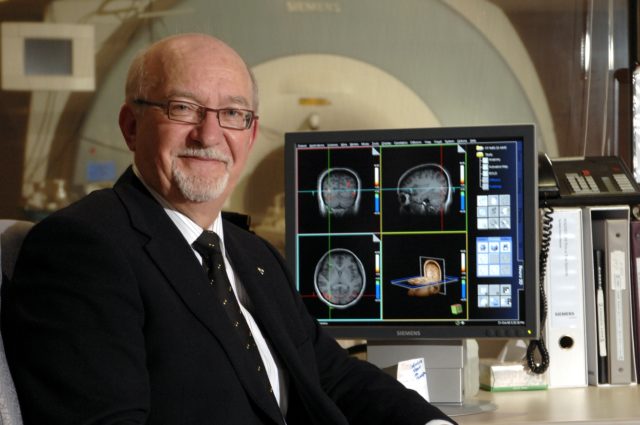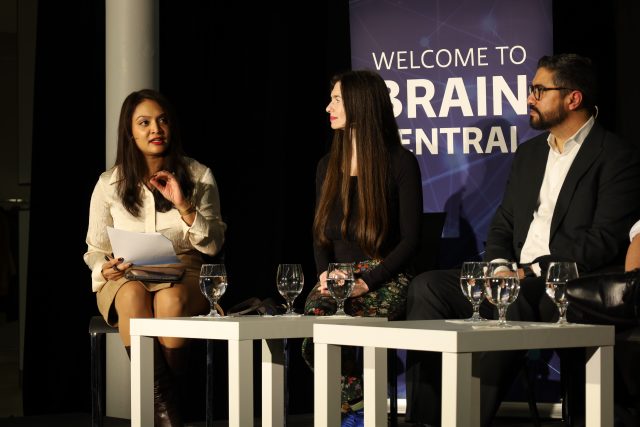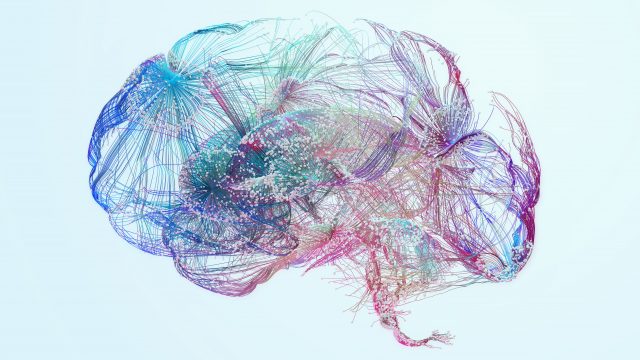86 billion: that is the number of neurons, or cells, estimated to make up the human brain. Within each cell there is a universe of complexity and activity. But the remarkable abilities of the brain to think, remember, respond, and feel, cannot be explained by just scaling up the individual actions of each cell. It comes down to the connections. No neuron works in isolation, in fact each cell is thought to make up to 10,000 connections with other cells; the outcome of this interconnectivity, some 100 trillion connections, is the network of the human brain.
Like the brain itself, the Ontario Brain Institute’s strength is its ability to create connections. Across Ontario, there exist pockets of excellence in research, innovation, and care related to the improvement of brain health. The challenge of OBI is to connect these various groups and build partnerships so that ideas, resources, and people are linked together in a network of collaboration and borderless knowledge exchange. Together, researchers, doctors, industry, government, and patient groups are building an ecosystem to increase the impact of their collective efforts. The outcome is an integrated system which is constantly driving towards the goal of improving brain health.
Some of these connections involve the partnership between industry and academia, a necessary linkage that helps advance neuroscience innovations, create companies, and build Ontario’s neurotechnology industry. OBI recently brought together industry participants and supporters, including Fed Dev Ontario, to celebrate recent milestones in the development of the Ontario neurotechnology cluster. Read about the event here.
We are also pleased to announce the first class of Management Fellows where we are connecting neuroscience talent in Ontario with the skills they require to be successful as leaders in the not-for-profit sector. You can read about the inaugural class of fellows and launch of the Management Fellowship program here.
And novel connections continue to appear in our research programs. For example, the connection between the eye and the brain is being investigated as a way towards early diagnosis of neurodegenerative diseases such as dementia. You can learn more about this innovative technology and the impact it will have on individuals with dementia here.
To better connect our research programs and other neuroscience efforts across Ontario, the Brain-CODE database was built to integrate data, and enable a new discovery-based approach to identify novel connections between diseases. Learn more about Brain-CODE and how it seizes a big data opportunity for Ontario neuroscience research.
The research alone is necessary but not sufficient to make positive impacts on brain health. That is why we have created Patient Advisory Committees that not only connect research and patients, but also connect research with the greater community. This approach creates opportunities for both ‘bench to bedside’, and ‘bench to backyard’. Each one of our research programs has a Patient Advisory Committee and we recently brought them all together to share, and learn from one another.
The neuroscience community in Ontario is a network of hubs and expertise, pockets of excellence. OBI aims to connect these strengths, and build the necessary partnerships to drive innovation and make Ontario a world leader in brain research, care, and commercialization. By increasing the number and strength of these connections, the whole will truly be greater than the sum of its parts.
Back to Brainnovations Newsletter


